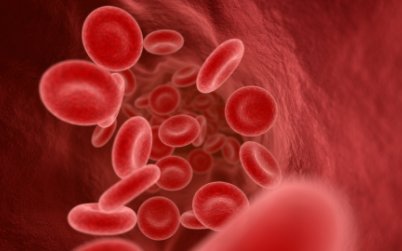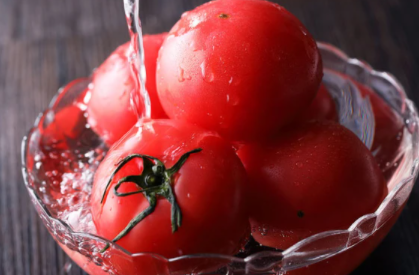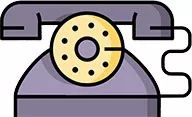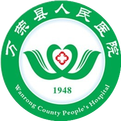Anemia refers to a reduction in the number of red blood cells in the blood, with iron deficiency anemia being the most common type. Common symptoms of anemia include headaches, fatigue, tinnitus, palpitations, and pale complexion. Many women experience symptoms of anemia, and it is essential to nourish the blood. In addition to taking blood-nourishing medications, dietary adjustments can also be beneficial by consuming more blood-nourishing foods.
How to Nourish Blood through Diet?
In addition to medicinal treatments for blood supplementation, dietary therapy can effectively enhance blood levels by consuming foods rich in iron. There are two types of iron: heme iron and non-heme iron.
Heme iron refers to the iron found in animal liver, which can be directly absorbed by our intestinal mucosa, and its absorption rate is very high.

Non-heme iron is primarily found in plant sources and requires other substances for better absorption by the human body. Foods such as grains, vegetables, and eggs can supplement non-heme iron.
Increasing Heme Iron and Iron Intake
Heme iron is mainly found in animal liver and meat. These foods not only provide high-quality protein but also aid in the synthesis of hemoglobin.
Common plant-based blood-nourishing foods include Da Hong Zao (Jujube), spinach, and soy products; while animal-based options include beef, organ meats, and pig’s blood.
Plant-based blood-nourishing foods contain a large amount of natural iron, and vegetables are rich in vitamins that can reduce ferric ions in the body, facilitating absorption and greatly benefiting those with anemia. Animal-based foods are also rich in iron and are recognized as ideal blood-nourishing foods; however, due to their high cholesterol and fat content, they should be consumed in moderation.
Increasing Vitamin C Intake
If you are deficient in non-heme iron, supplementing with adequate vitamin C can be very effective for blood nourishment.
Fruits: Fruits high in vitamin C include apples, oranges, kiwis, cherries, pineapples, bananas, and lemons. These fruits not only have a rich vitamin C content but also provide various nutrients, pectin, dietary fiber, and cellulose, which can help improve sleep and promote metabolism.
Vegetables: Vegetables high in vitamin C include spinach, radishes, green peppers, tomatoes, cabbage, cucumbers, and bitter melons. In particular, tomatoes are extremely rich in vitamin C, and consuming these vegetables can also help lower blood pressure, improve vision, clear heat and detoxify, and promote myocardial activity.

Increasing Vitamin B12 and Folate Intake
Vitamin B12 is essential for the synthesis of hemoglobin, and sufficient levels ensure the normal growth of hemoglobin. Foods from livestock, poultry, seafood, and eggs are rich in vitamin B12. Folate is mainly found in legumes and eggs.
Note:
1. When supplementing blood and iron, do not combine with calcium. Avoid taking iron before or after calcium, as the combination can reduce iron absorption and diminish effectiveness.
2. Tea and coffee can lower non-heme iron levels and affect iron absorption.
Source | GynecologyImages | Some sourced from the internet



Long press to recognize the QR code
WeChat ID: sxwrxrmyy
Address: 57 East Street, Wanrong County
Contact Number:
0359-4629273

